From Bob Barker to the Q-Tip, These 20 Icons Are Turning 100 in 2023
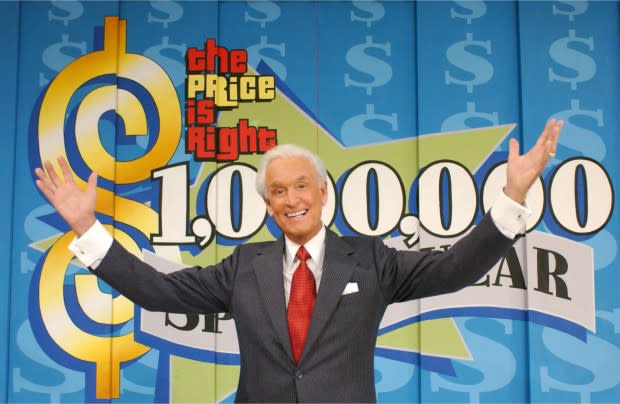
You have to admit there’s something magical about turning 100. “The 100-year milestone shows us how far we've come—especially with technology—in the past 100 years,” says author and pop-culture historian Gary Berman. At the same time, looking back “keeps some of the past with us,” he says. From famous celebrities to ancient Egyptian discoveries, here are 20 reasons to say, “Happy 100th Birthday!” in 2023.
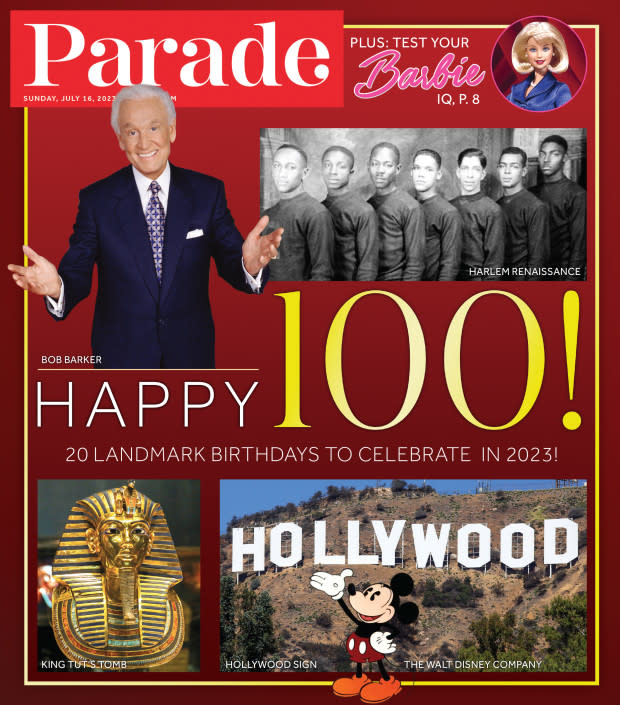
COVER PHOTOGRAPHY: CLOCKWISE FROM TOP LEFT: TONY ESPARZA/CBS; MATTEL, INC; SCIENCE HISTORY IMAGES/ALAMY; ISTOCK; UNIVERSAL IMAGES GROUP NORTH AMERICA LLC/ALAMY; MOSTAFA ELSHEMY/ANADOLU AGENCY/GETTY IMAGES
Icons turning 100 in 2023
King Tut's Tomb
It was 100 years ago when English archaeologist Howard Carter opened King Tutankhamun's tomb in Thebes. It’s considered one of the greatest archeological discoveries of all time. Inside the sealed burial chamber, the last of three coffins tucked inside of each other was made of gold and contained the mummified body of King Tut. All around were riches—from a chariot and statues to jewelry and weapons. From 1976-1979, an exhibition called “Treasures of Tutankhamun” traveled the world. The tomb remains in the Valley of the Kings in Luxor, Egypt, and many of its contents will be on display at the Grand Egyptian Museum in Giza.
The Rens
Formed in 1923, the Harlem-based New York Renaissance was the first all-Black, Black-owned, fully professional basketball team in history. The Black players (who weren’t allowed into professional leagues at the time) often competed against all-white teams. "I tried to spread the word [about founder/coach Robert L. Douglas] with my book and documentary, On the Shoulder of Giants," Kareem Abdul-Jabbar has said. "It's important that we honor those pioneers who made this billion-dollar industry possible."
National Christmas Tree
On Christmas Eve, 1923, President Calvin Coolidge lit a 48-foot fir tree located in the Ellipse near the White House. Thus started the annual National Christmas Tree holiday tradition. In recent years, the tree has boasted more than 13,000 feet of lights, 63,750 LED bulbs and 400-plus ornaments.

The Q-Tip
In 1923, Polish-American inventor Leo Gerstenzang created the idea for the first cotton swab. After seeing his wife attach cotton balls to toothpicks, he soon manufactured a one-piece cotton swab which would come to be known as Q-Tips. The swabs were initially designed for baby care but in the 1950s they began to have more widespread appeal, thanks in part to a “Lesson in Loveliness with Q-tips” booklet created by Hollywood makeup artist Ern Westmore.

Three-Position Traffic Light
After witnessing a terrible accident between a horse-drawn cart and a car at an intersection, Black inventor Garrett Morgan patented the three-position traffic light, eventually selling the rights to General Electric. Before that, traffic signals only had “stop” and “go.” Morgan was the first Black citizen in Cleveland to own a car.
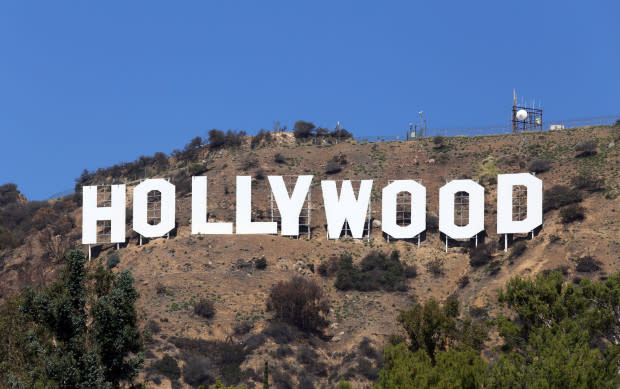
The Hollywood Sign
Used in many movies and shows as a Los Angeles establishing shot, the Hollywood sign, which originally read “Hollywoodland,” was built in 1923 by Los Angeles Times publisher Harry Chandler as a temporary massive billboard for his upscale Hollywoodland real estate development. Each of the metal letters measured approximately 30 feet wide and 43 feet tall. In 1943, the sign was donated to the city of Los Angeles and, in 1949, four letters were removed, leaving “Hollywood,” the Los Angeles landmark we see today. The Chamber of Commerce launched a “Save the Sign” campaign in 1978 and Playboy magazine founder Hugh Hefner did his part to help get the sign refurbished by “auctioning off” letters at a fundraising gala at his mansion. Musician Alice Cooper, actor Gene Autry and many others donated. The sign has been altered by a number of pranksters over the years, being changed to HOLLYWeeD in 1976 and 2017 after cannabis laws changed. Another alteration involved obscuring one “L” so the sign read HOLYWOOD, which was done for an Easter sunrise service in 1977 and for the Pope’s visit in 1987.
Alaska Railroad
One hundred years ago, President Warren G. Harding drove in the final spike to complete the Alaska Railroad, one of the most famous railroads in the U.S. Originally built to access mineral deposits, today the Alaska Railroad helps transport supplies and passengers across the state’s rough terrain.
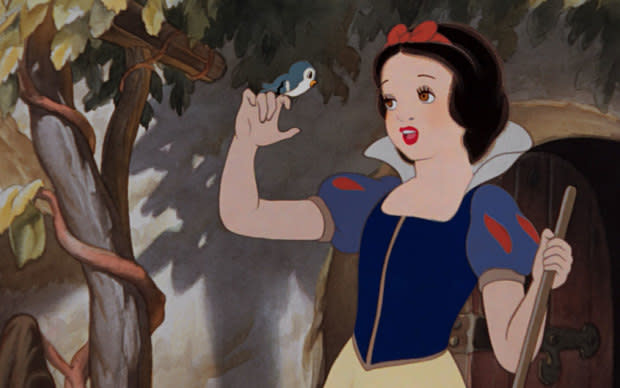
Walt Disney Studios
The Walt Disney Company
The Walt Disney Company was founded on October 16, 1923, by Walt Disney and Roy O. Disney. Disney Parks have been celebrating the milestone all year long with a “Disney 100 Years of Wonder” party featuring new rides, nighttime shows and a whole lot of commemorative merchandise.
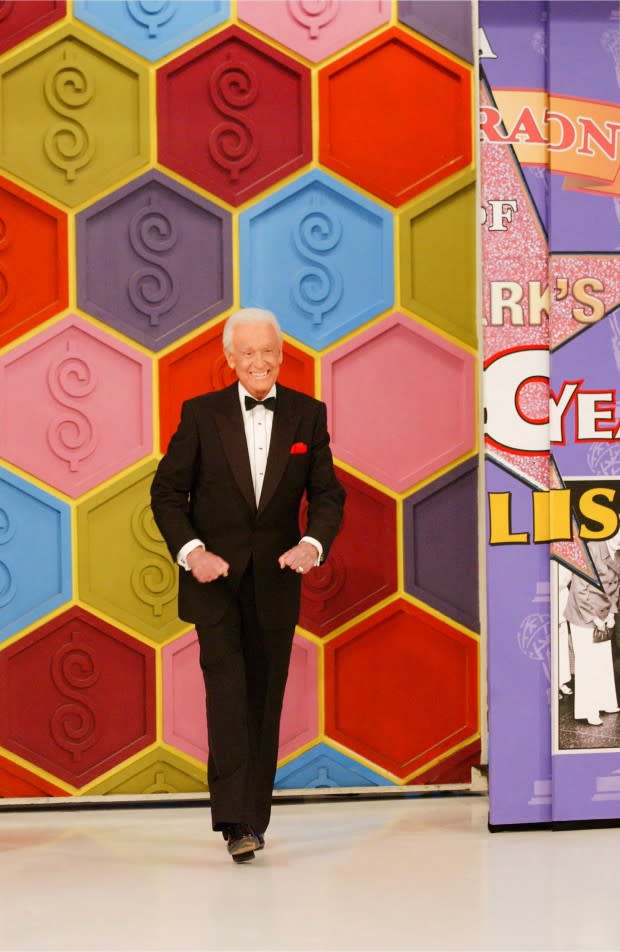
CBS
Bob Barker
In his 100th year (his birthday is December 12th), the longtime The Price is Right host tells Parade he is keeping busy: “I am excelling at retirement, I do it very well! I do light exercise, watch TV and a lot of sports. I never grow tired of watching sporting events.” His birthday plans? “For my 100th birthday I will have some cake and celebrate!” As for gifts, the nicest thing you can do for Barker is take care of your pets. “I want to remind everyone to help control the pet population. Have your pets spayed or neutered!”
“Yes! We Have No Bananas"
The novelty song with the catchy refrain—“Yes, we have no bananas; we have no bananas today”—rumored to have been inspired by the calls of fruit salesmen, was written by Frank Silver and Irving Cohn, and published in 1923. It became a number one hit for Billy Jones and was also covered by Louis Prima & His Orchestra in the ‘50s and British actor-singer Anthony Newley in the ‘60s.

Briquettes
In 1923, Orin Stafford, a former University of Oregon chemistry department chair, combined starch, water and tar with sawdust to create charcoal lumps, which he dubbed “briquettes.” He patented the briquettes in 1923 and it wasn’t long before Henry Ford and Thomas Edison entered the picture. Ford used a lot of wood in his car factories and wanted to find a use for all of the leftover wood and sawdust. His pal Edison designed a factory that would turn the leftovers into charcoal briquettes.
Crystal Hot Sauce
When Alvin Baumer bought a sno-ball syrup company in New Orleans after the Civil War, he didn’t expect to find a hot sauce recipe in a drawer. But he did, and Crystal Hot Sauce was born.
Related: A Global Icon Turns 100: See The Coca-Cola Bottle Through The Years
Time Magazine
The first issue was published on March 3, 1923. The cover featured retiring U.S. Congressman Joseph G. Cannon of Illinois.
The Boysenberry
This raspberry-blackberry hybrid was developed by horticulturist Rudolph Boysen in Napa Valley. Boysen’s hobby was experimenting with the cross-pollination of berries.
Yankee Stadium
Fans packed in for the first game ever played at the beloved stadium on April 18, 1923. Babe Ruth hit a home run that day in the park that would go on to become known as “The House That Ruth Built.”
Related: Wrigley Field Turns 100! See the Historic Park, Then and Now
The Pilgrim & The Hunchback of Notre Dame
1923 was the year of The Pilgrim, a silent film made by Charlie Chaplin for First National Pictures. Also in theaters: The Hunchback of Notre Dame, the classic film starring Lon Chaney as the hunchback, Quasimodo.
Louis “Satchmo” Armstrong
One of the founding fathers of jazz , Louis “Satchmo” Armstrong and his wailing cornet performed their first recorded solo 100 years ago on bandleader King Oliver’s “Chimes Blues,” recorded in Richmond, Ind. “What A Wonderful World,” released in 1967, would become the biggest-selling song of Armstrong’s long career.

Whose Body?
Mystery lovers will no doubt be happy to celebrate the 100th anniversary of the introduction of aristocratic amateur sleuth Lord Peter Wimsey in British author Dorothy Sayer’s debut book, Whose Body? Sayers went on to write 11 popular Wimsey novels.
Warner Brothers
Founded in 1923 by four brothers—Harry, Albert, Sam and Jack Warner—the entertainment giant Warner Brothers turned 100 this year. Celebrations include a 100 Years of Warner Bros. exhibit at the Hollywood Studio to new film collection releases and worldwide events.
Jean Nidetch
Without the birth of Jean Nidetch 100 years ago, there’d be no Weight Watchers. The founder of this weight-loss juggernaut launched the company, currently known as “WW,” in 1963, after finding success with her and her friends supporting each other throughout journeys to get healthier.
Next, Want to Live to 100? These Centenarians Are Sharing Their Secrets to Long Life